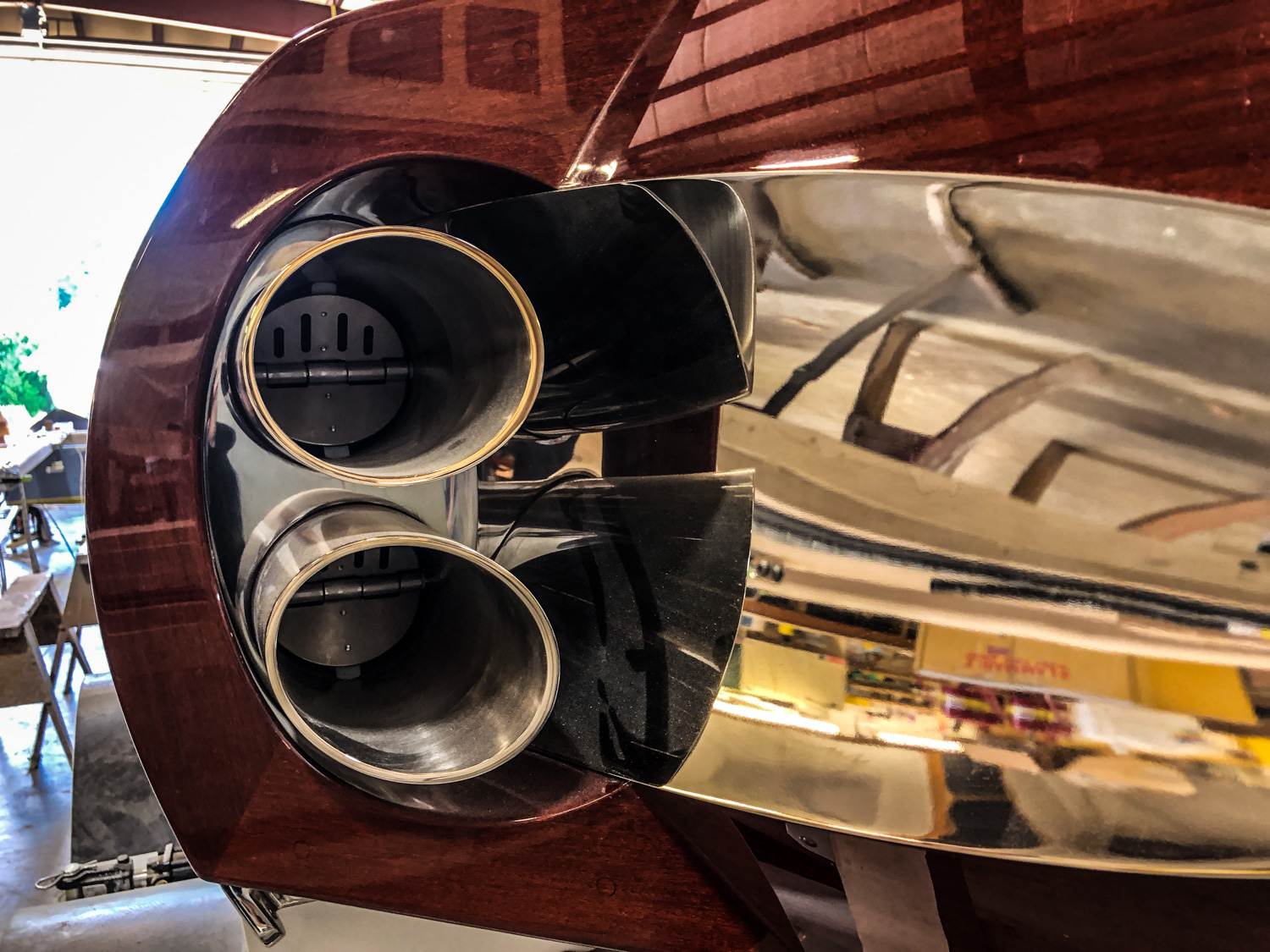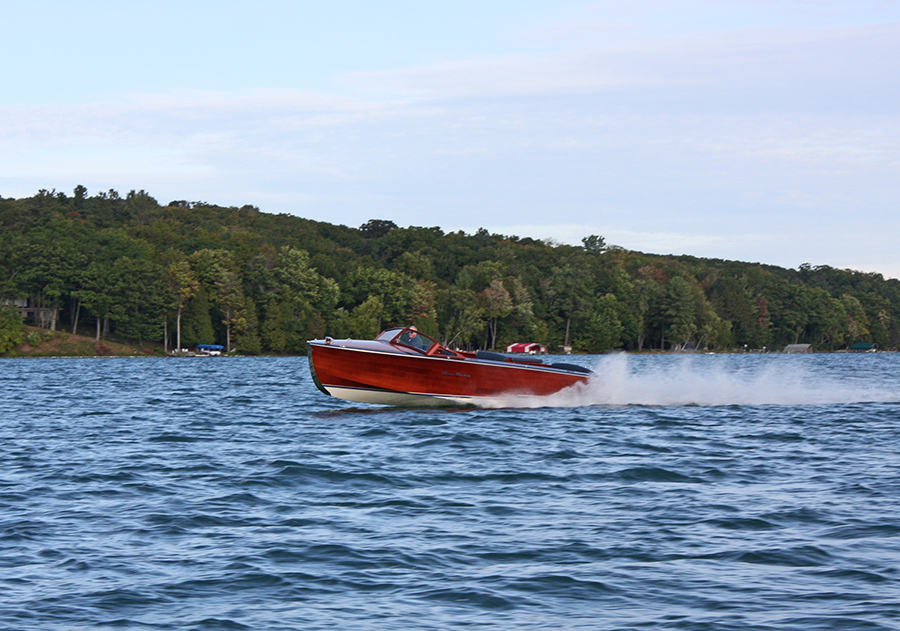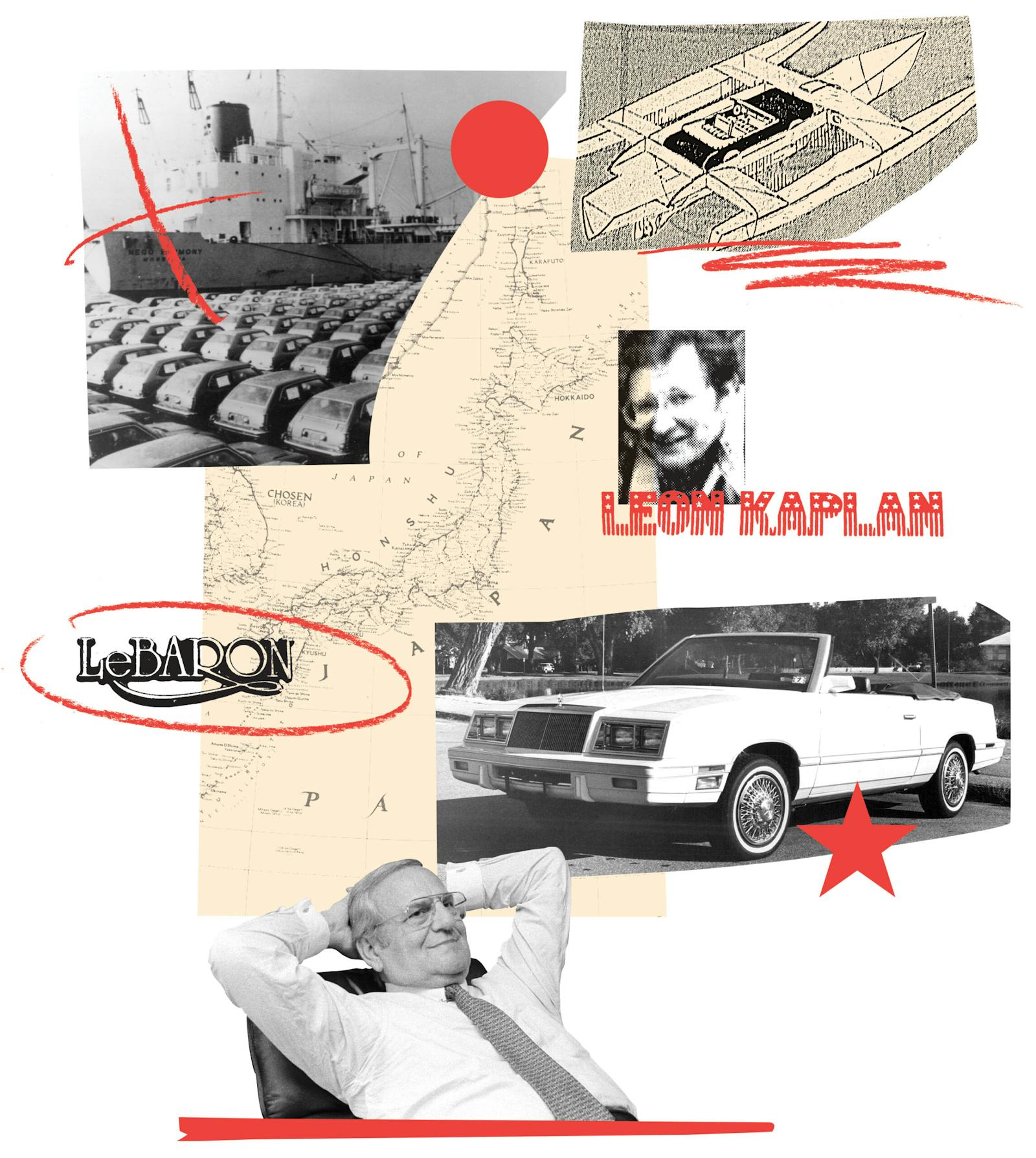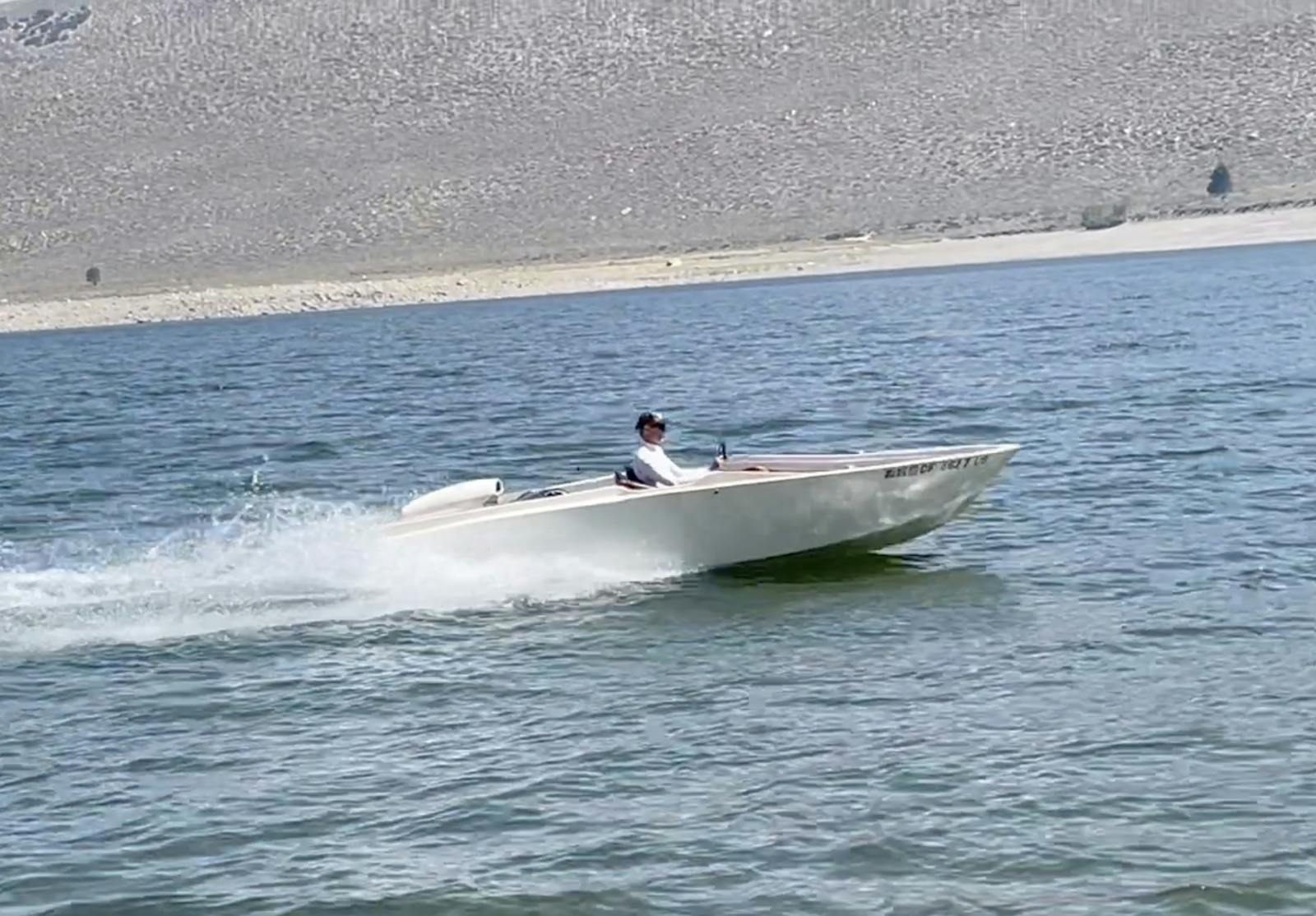If Pagani built wooden boats, they’d be called Van Dam
In the market for a hypercar with blow-you-away styling, state-of-the-art engineering, and unmatched attention to detail? Italian automotive artisan Horacio Pagani is the man to see. But if it’s the Pagani of wood boats that you desire, you’ll need to visit Van Dam Custom Boats in Boyne City, Michigan.
It’s all in the details. Each of the 56 watercraft that Van Dam has produced in its 40-year history maintains a level of fit and finish that would make most Chris-Crafts blush. Founder Steve Van Dam spent the early part of his career apprenticing with some of the greatest craftsmen in North America before founding the company in the late 1970s. The training endowed him with the skills to go beyond the realm of restoration and foster the continuing evolution of wooden boat design.


Steve’s son, Ben, is now president of the company, and he truly appreciates his father’s commitment to engineer and build the finest boats on the planet. Ben’s background in naval engineering also allows him to continuously push the envelope of what’s possible when it comes to turning wood into floating art. “We don’t try to make wood do things it can’t or shouldn’t do,“ Ben explains, “our goal is to use wood how it naturally occurs to guide our designs.”
All it took was a quick trip to Van Dam’s Boyne City facility to witness that philosophy in practice. Inside the massive workplace’s main work area, two large projects are being fastidiously constructed. The first boat, Italmas, is a modern take on the classic 1950s sailing yacht. Measuring in at 44 feet with a 70-foot carbon-composite mast, she’ll be more than ready to traverse the Great Lakes in a year when completed. Peeking down into the boat’s hull reveals the mostly-complete interior, but what stands out most is the attention to detail in the areas that won’t even be seen once construction is finished.

The second boat, Sunray, is 50 feet of pure mahogany motor yacht. What’s striking about this vessel is the masterful use of cold-molding—a construction technique involving the lamination of multiple thin layers of wood in alternating directions with epoxy to create an extremely strong, yet lightweight, structure. Think of it as the nautical analog to carbon fiber.
Hidden away in the back of the shop, however, is the crown jewel of the operation, the nearly-finished Victoria Z. This boat answers the question that few have asked: Is it possible to make a modern stepped-hull, speed boat without a fiberglass hull? The answer is a definitive yes. The entire watercraft is built from a single timber and is book matched, meaning the grain pattern matches perfectly left to right. It’s a good thing the Van Dam team is made up of skilled professionals—errors would require rebuilding both sides of the boat.




Measuring in at 35 feet and powered by two 500-horsepower Ford FE V-8 engines, Victoria Z can easily reach speeds of 80 mph or more. At the boat’s stern, you’ll find two massive 48-inch stainless-steel rudders—custom fabricated in-house on Van Dam’s own CNC machine—which sit aft of twin Arneson surface drives, units usually exclusive to the most advanced offshore race boats due to their cost and complexity. Further up the hull are custom, fully adjustable trim tabs and two pairs of stainless exhaust trumpets, sure to fill the air with 1000-hp worth of V-8 glory once she fires up for the first time later this year.
It would have been easy to spend hours soaking in all the details, but given the opportunity to actually experience Van Dam’s handiwork, you can’t say no. Charlie Harrett, a member of Van Dam’s sales team, welcomed us aboard After Three, a gorgeous 27-foot utility, for a 30-minute cruise on the blue-green waters of Walloon Lake.



The boat fired up right away and quickly settled into a muffled V-8 burble, exhaust noise alternating pipes as the waves rocked her back and forth. Charlie pinned the throttle, surging the boat up on plane. We cruised along the coast briefly, then launched into a series of figure-8s, demonstrating just how versatile this big utility can be. Every input and maneuver was accomplished with a smoothness and fluidity few other boats possess. Even the sound of the water striking the planks had a warmer tone compared to that of its plastic contemporaries.
Very few people actually need a boat—it’s a purchase that falls squarely into the “want” category for the vast majority of consumers. That being said, an even smaller percentage of people buying a boat decide that wood construction is right for them. But for those requiring old-world craftsmanship, cutting-edge design and the timeless appeal of wood, there’s no better option than Van Dam Custom Boats. No doubt it would look great parked next to a Pagani.















